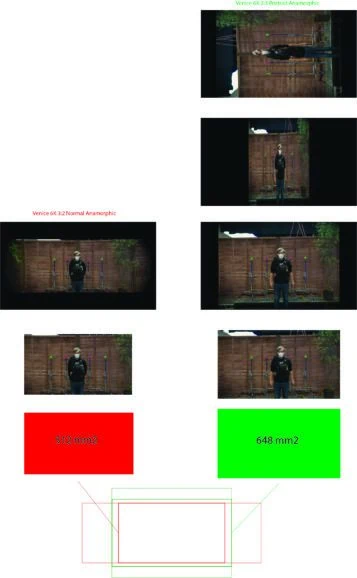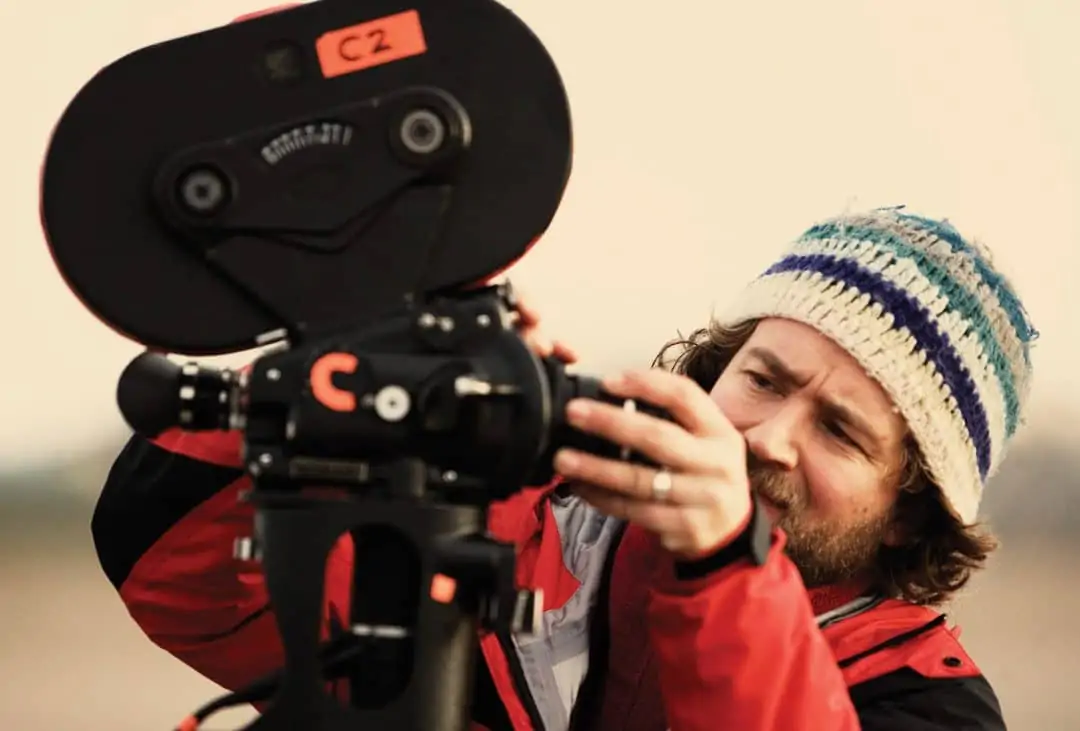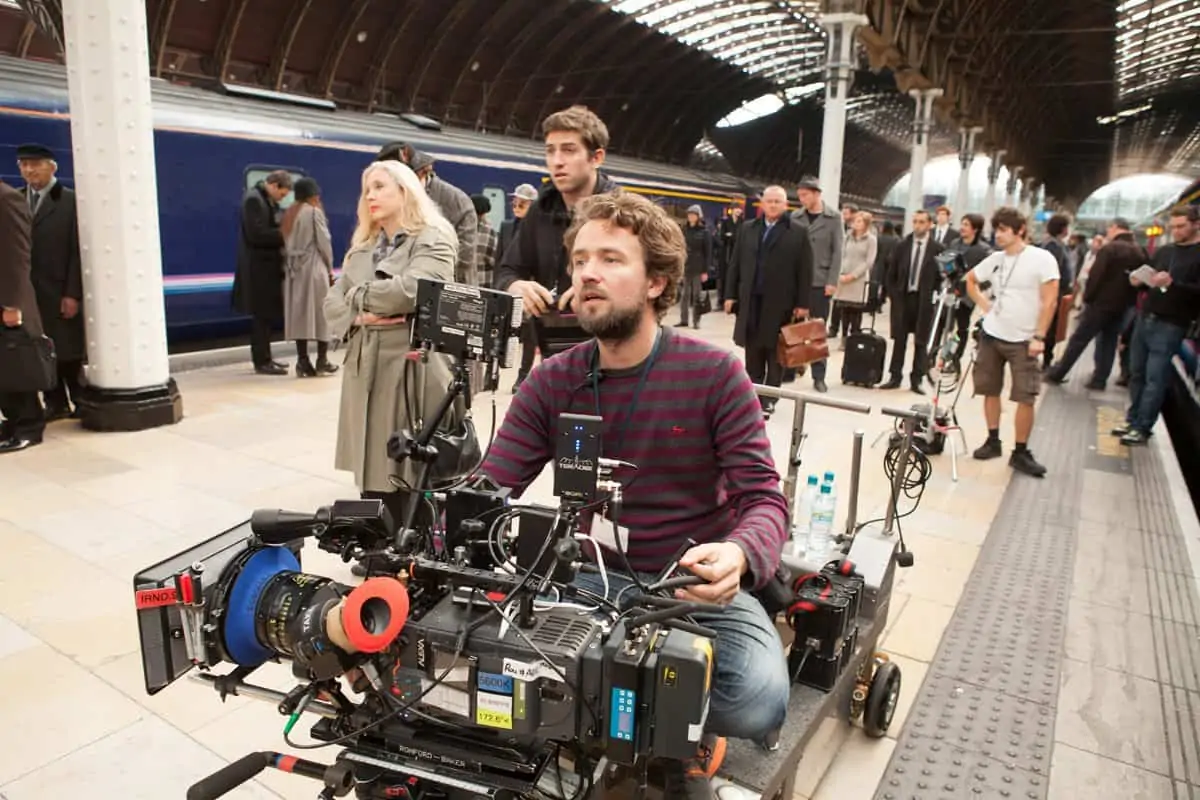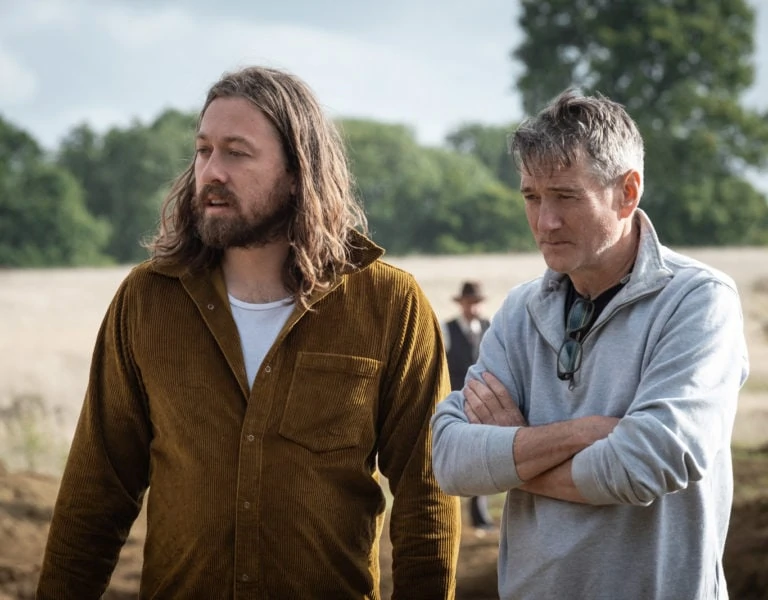EXPLORING NEW DIMENSIONS
Erik Alexander Wilson BSC details how he captured elements of four-part series Landscapers, adopting a new “Portrait Anamorphic” mode approach which saw him shoot with 2x anamorphic lenses for a 16:9 delivery.
Whilst trying out ideas to find a look for the series Landscapers, I was wondering what would happen if I turned the camera on its side, recording the full frame sensor and using anamorphic lenses to make a 16:9 full anamorphic image. Turns out it works really well.
The four-part drama for Sky and HBO follows the true crime story of mild-mannered couple Susan (Olivia Colman) and Christopher Edwards (David Thewlis), who murder Susan’s parents and bury them in their garden in Mansfield, where they remained undiscovered for a decade. I needed to come up with a look that would help blend our different story timelines together, and I did not want it to be anchored in realism.
I wanted to shoot 2x anamorphic for the 16:9 TV show, but I wanted my wide lenses to be as wide in 16:9 as I’m used to from 4-perf 2.35 or 4K 6:5. In the past, when I have tried 2x anamorphic for 16:9, I have found the lack of field of view it offers you frustrating, so I needed a taller image from my sensor to fill out the top and bottom of the frame.
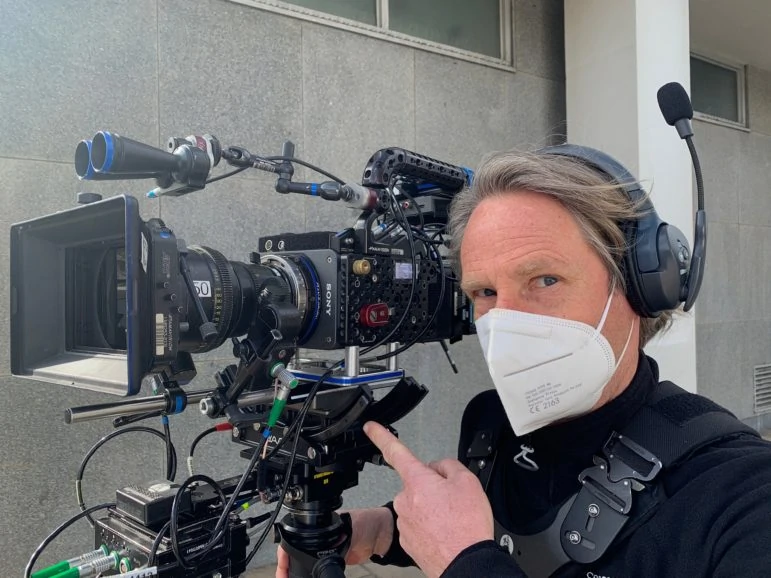
Turning the camera on its side whilst keeping the lens upright to the scene/world, gave me a squarer image to take the crop from. As we were also going to project scenes shot early on in the schedule back into scenes we were shooing later on, I knew I wanted some more racking room to adjust the projected image more easily. Using the Sony Venice on its side gave me a 2:3 sensor that then became 4:3 when de-squeezed. The Cooke 2x Anamorphic Xtal Xpress lenses then created quite a romantic look with lots of lens artefacts on the edges of the frame which I love. We dubbed the look this created “Portrait Anamorphic”. We also used the Cooke Varotal 40-200mm and 50-500mm rear anamorphic zooms throughout.
Charlie Todman from Panavision UK, who supplied the camera package, figured out that by repositioning the registration pin on the PV 70mm mount adaptors, we could easily make 90’ lens mounts without altering any actual lenses. They made us some custom PV70-PL/PV 90’ mounts for the Sony Venice A & B cam we were shooting with. The fantastic camera crew – headed up by 1st AC Jonny Garwes, 2nd AC Sarah Collins and camera trainee Ross Dixon – then worked out a usable way of mounting the camera sideways in custom cages so we could reload and access the menus easily.

For monitoring, and workflow supervisor Josh Callis-Smith and DIT Joe Coffey from On Set Tech figured out that their AJA ROI scaling boxes for the scopes on the DIT cart could be programmed to do the flip and desqueeze of the image live, so we put them on the camera and took all our monitor feeds from there. Once they had worked out the live image rescaling and workflow, this meant the shoot could play out like a normal shoot. We could operate with the camera on normal heads, Steadicam, Libra mounts and so on. We also used a sideways ARRI Alexa Mini LF for a Movi gimbal handover shot. We didn’t shoot anything handheld due to the style of the show rather than because of the camera.
The benefits of Portrait Anamorphic are: about 20% larger sensor area for 16:9 finishing; the same horizontal view as 4K 6:5; racking room top and bottom of frame (which I needed for back projection and also find much more useful than extra image side to side); and we could, for example, use a 40mm instead of a 32mm, which doesn’t sound like much, but matters a lot in small locations!
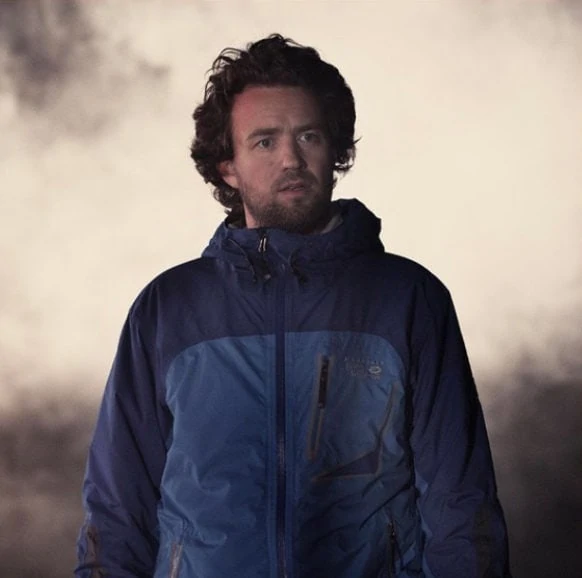
The image itself has all the usual anamorphic artefacts – elliptical bokeh, lovely focus falloff, horizontal flares – but more noticeable in the 16:9 version is the barrel/pincushion distortion, and the limited area of sharp focus.
There are of course downsides: slightly clunkier camera; hard to access buttons; only onboard monitor/no viewfinder; and 6-8 frame delay from the converter box etc.
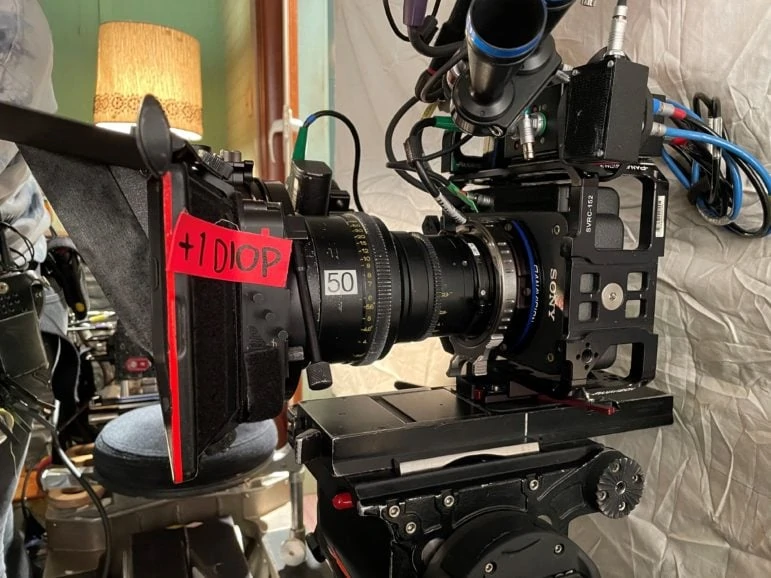
It helped that we had a very understanding and supportive director in Will Sharpe, who didn’t mind that we had to frame for focus a lot of the time. I also have to take my hat off to A Cam focus puller Jonny Garwes and our B Cam focus pullers Laura Dinnett, Dom Cheung, Marina Selega, and Rana Darwish, who were very good natured about this whole ordeal and did an amazing job keeping it sharp.
There is plenty of resolution for a 4K finish, and Thomas Urbye and Dan Marbrook at The Look post house have been great at accommodating all my weird ideas and have made the grade and finishing seamless.
The numbers:
Netflix approved UHD: 3840 x 2160 = 8.3M pixels
Portrait anamorphic 16×9: 4538 x 4032 = 18.29M pixels
Standard anamorphic 16×9: 4032 x 3588 = 14.47M pixels
I’ll definitely be using this setup again and will try lenses with even better sensor coverage and larger area of focus.
